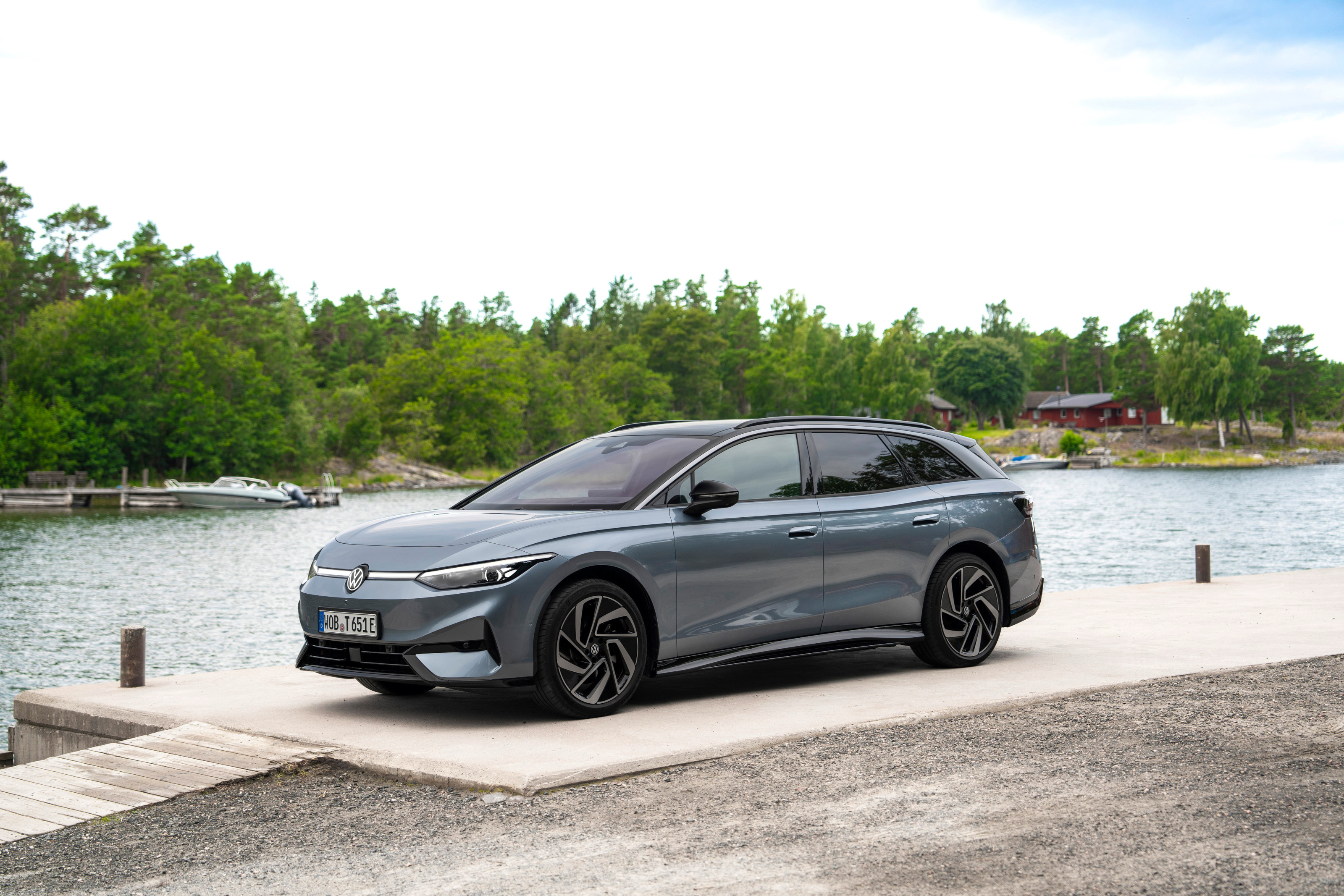
Not so long ago, the writing seemed to be on the wall for the Volkswagen Passat. Buffeted first by the relentless rise of the hatchback, then knocked back again by the dominance of the SUV, it seemed that there was no love left for a straightforward, traditional saloon and estate car. The original B1 Passat began life as a large fastback sedan, launched in 1973 with era-appropriate angular bodywork by none other than Giorgetto Giugiaro. The B2 version arrived in 1981. In an era when market-specific names were considered essential, the B2 was known as the Carat in Argentina, the Corsar in Mexico, the Quantum in America and Brazil and the VW Santana in Japan and China.

It was the latter nameplate that kept the model aloft for decades, most notably in China. In fact, the Santana has a strong claim to be the origin story of that country’s vast motor industry. The creation of the Shanghai Volkswagen Automotive Co., Ltd in 1984 set the scene for slow but steady growth throughout the 80s and 90s (at the time of the partnership there were barely half a million private cars in China), as well as the all-important percentage of state ownership of foreign ventures. The venerable B2 Santana was built in China for thirty years, from 1983 to 2013.

Back in the West, the fashion for fastbacks waned in the 80s, and the Passat settled into a slightly doughy anonymity with the B3 and B4 variants. It wasn’t until 1996’s B5 Passat that the model re-found its mojo. Styled by the legendary VW head of design Hartmut Warkuss and a team include the young Peter Schreyer, the B5 Passat helped start VW back on track towards the simple, restrainted design language it still practices today.

What we have here is a prime example of the B9 generation Volkswagen Passat, launched in 2023 and available ( in the West at least) only as an estate car. It’s a thoroughly impressive all-rounder, made all the better for being a hybrid. If I was being extremely hypercritical, then the current Passat would lose marks for slightly generic, anonymous styling. It looks a little over-bodied, with a wheelbase that’s just short enough to unbalance the overall composition, rather than plant it.

Estate aficionados – and there a few of them – might see the Passat as a bit of a missed opportunity on the style front, not least because VW had some true corkers in its line-up in the not-to-distant past. Just two years ago there was the marvellous Arteon Shooting Brake, which offered a winning combination of style, practicality and performance. There’s also the contemporary VW ID.7 Tourer, an all-electric estate car that seems eerily well positioned to cannibalise from the Passat and vice versa.

In case you haven’t been following the business pages, the VW Group is not having an easy ride at the moment. Big conglomerates that centralise their product planning and then introduce competing products are especially susceptible to shifts in the consumer psyche (see also the current struggles of Stellantis). The co-existence of the Passat and ID.7 Tourer is a case in point – is the company hedging its bets or is one department simply pitted against another?

All this confusion is a shame, for the Passat packs a lot of likeability and even more practicality into an anonymous, unthreatening but admirable package. It’s a big car, but not a tall or oppressive feeling car. The huge luggage compartment extends all the way to the back of the front seat – a colossal, wardrobe-sized load bay. I drove the 1.5 TSI eHybrid, but there are petrol and diesel models in the line-up as well – for those in the market for an all-electric estate, VW offers only the ID.7 Tourer. None of them are especially distinguished in terms of performance but that only adds to the quiet allure of the car.

VW inexplicably pitches this low-key machine as ‘business-class reinvented’, when it’s really anything but. There’s nothing remotely executive level about the Passat, but the car is all the better for it. It’s as if VW’s design division refused to play along with automotive one-upmanship which then flummoxed the marketing team. If you need a big car and have no desire to step up to an SUV, then the Passat is a welcome retreat into simplicity.
Volkswagen Passat R-Line 1.5 TSI eHybrid, from £38,505, Volkswagen.co.uk







